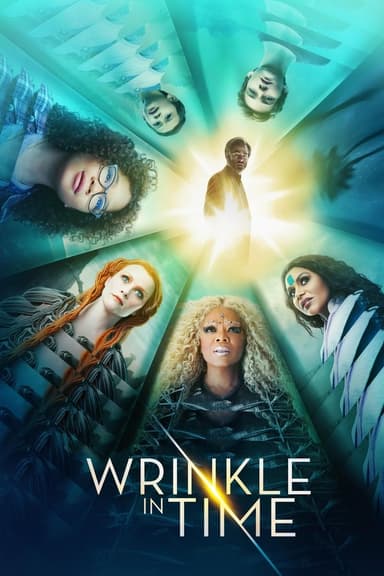
Bicentennial Man
1999 • Drama, Science Fiction • PG
Richard Martin buys a gift, a new NDR-114 robot. The product is named Andrew by the youngest of the family's children. "Bicentennial Man" follows the life and times of Andrew, a robot purchased as a household appliance programmed to perform menial tasks. As Andrew begins to experience emotions and creative thought, the Martin family soon discovers they don't have an ordinary robot.
Runtime: 2h 11m
Why you should read the novels
When you read the original stories that inspired Bicentennial Man, you dive into the timeless genius of Isaac Asimov and Robert Silverberg. Their writing explores the concepts of artificial intelligence and humanity with philosophical depth that the film can only skim on the surface. The books invite thoughtful reflection and provide a more complex view of robotics, identity, and personal growth.
The literary versions offer a narrative pace that lets you truly inhabit Andrew’s journey, with evocative detail and internal monologue that bring out his struggles and triumphs in a way the film can’t fully capture. Reading these stories allows you to connect intellectually and emotionally, savoring the nuances of Andrew’s evolution not just as a machine but as a soul seeking meaning.
Moreover, Asimov and Silverberg’s works are foundational to modern science fiction. Exploring their writing opens the door to a universe of ideas about ethics, individuality, and progress, all elegantly explored. If you value intricate storytelling and thought-provoking themes, the source material offers a much richer and more lasting experience than watching the movie alone.
Adaptation differences
One of the main differences between the film adaptation and the original books is the tone and scope of the narrative. While the movie leans heavily into sentimentality and romance, often using melodrama to convey Andrew’s emotional journey, the books are more philosophical, focused on exploration of identity, robotics, and the legal as well as existential questions surrounding Andrew’s quest to become human.
Another significant change is the way relationships develop. In the novel and novella, Andrew’s bonds with the Martin family and his interactions with characters evolve more gradually and with subtle depth. The film simplifies or rearranges these dynamics, often for emotional impact or narrative convenience, sometimes at the expense of the gradual moral and psychological growth that the books detail.
Additionally, the movie condenses the complexity of Andrew’s transformation. The original stories thoroughly detail each step of his modifications—both physical and mental—raising complex ethical and scientific questions. The film, for time and clarity, often skips over or only briefly mentions these intricacies, which reduces the richness and realism of Andrew’s progression toward humanity.
Finally, the conclusion diverges significantly. While both versions end with Andrew’s recognition as a human, the process and implications of this decision are explored much more deeply in the books, often questioning the nature of personhood and rights. The film, by contrast, opts for a much more emotional, less ambiguous closure, offering catharsis but missing the open-ended intellectual challenge posed by Asimov and Silverberg.
Bicentennial Man inspired from
The Bicentennial Man
by Isaac Asimov
The Positronic Man
by Isaac Asimov, Robert Silverberg












